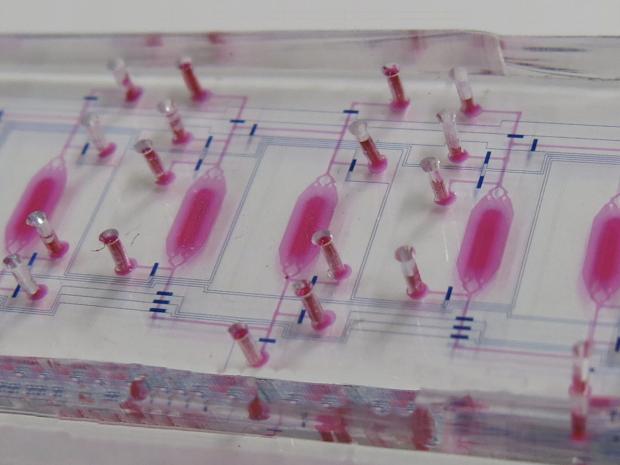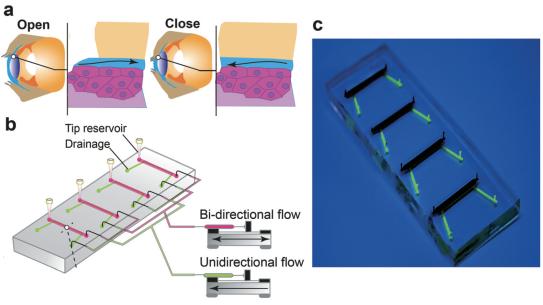Reverse Bioengineering to Recapitulate Tissue Development for Biomedical Applications

Speaker:
Ken-ichiro Kamei, Ph.D.
Associate Professor
Institute for Cell-Material Sciences (iCeMS)
Institute for Advanced Science (KUIAS), Kyoto University
Abstract:
One of the ultimate goals of bioengineering is to re-create natural living systems by means of synthetic biology and tissue engineering. Here, I propose “Reverse Bioengineering”, which is based on the interdisciplinary research field of nano/microengineering and biology and aims to obtain the knowledges from the biological studies and apply to scale up smaller biological entities to larger entities—examples include molecules to cells (synthetic biology) and cells to tissues (tissue engineering). I’ve taken this “Reverse Bioengineering” approach to elucidate how extracellular environmental cues contribute tissue developmental processes and use for generating functional micro-organs, such as liver organoids from PSCs by utilizing a microfluidic device in combination with pluripotent stem cells (PSCs), such as “Body/Organs-on-a-Chip” (B/OoC) or “Microphysiological Systems” (MPSs), for human as well as endangered animals. This approach allows us to advance not only the realization of stem cell applications towards drug discovery and regenerative medicine, but also the understanding, “who we are”.
Dr. Kamei obtained his Ph.D. from the Department of Biological Information at Tokyo Institute of Technology in 2003. The following 3 years, he was a postdoctoral fellow at the Molecular Biology Institute at the University of California, Los Angeles (UCLA), investigate the role of cyclooxygenase-2 (Cox-2) in cancers. In 2006, he was promoted to Staff Research Associate at the California NanoSystems Institute (CNSI), UCLA. Here he started to develop microfluidic platforms for applications in stem cell research. In 2010, he joined WPI-iCeMS, Kyoto University, and got promoted to an associate professor in 2017. In his work Dr. Kamei focuses on the development of nano- and micro-engineered platforms to precisely manipulate pluripotent stem cells (PSCs) for advancement of developmental biology as well as clinical and industrial applications.


